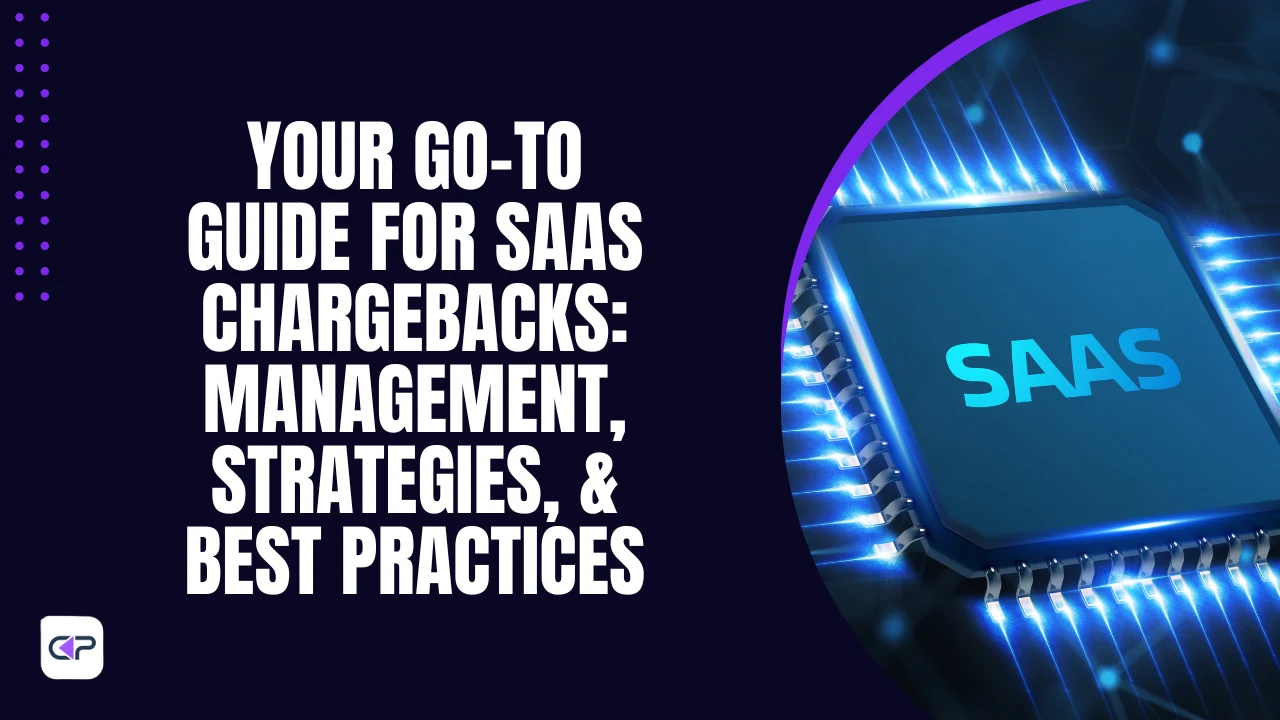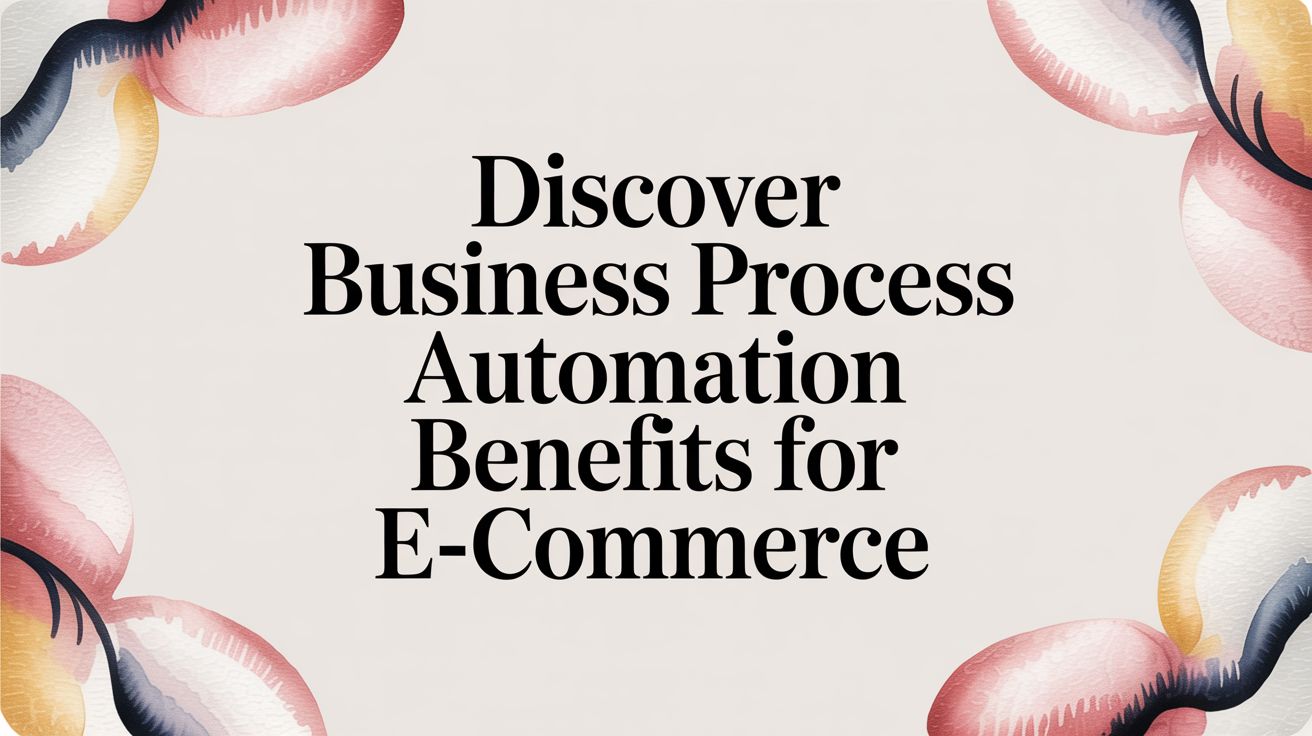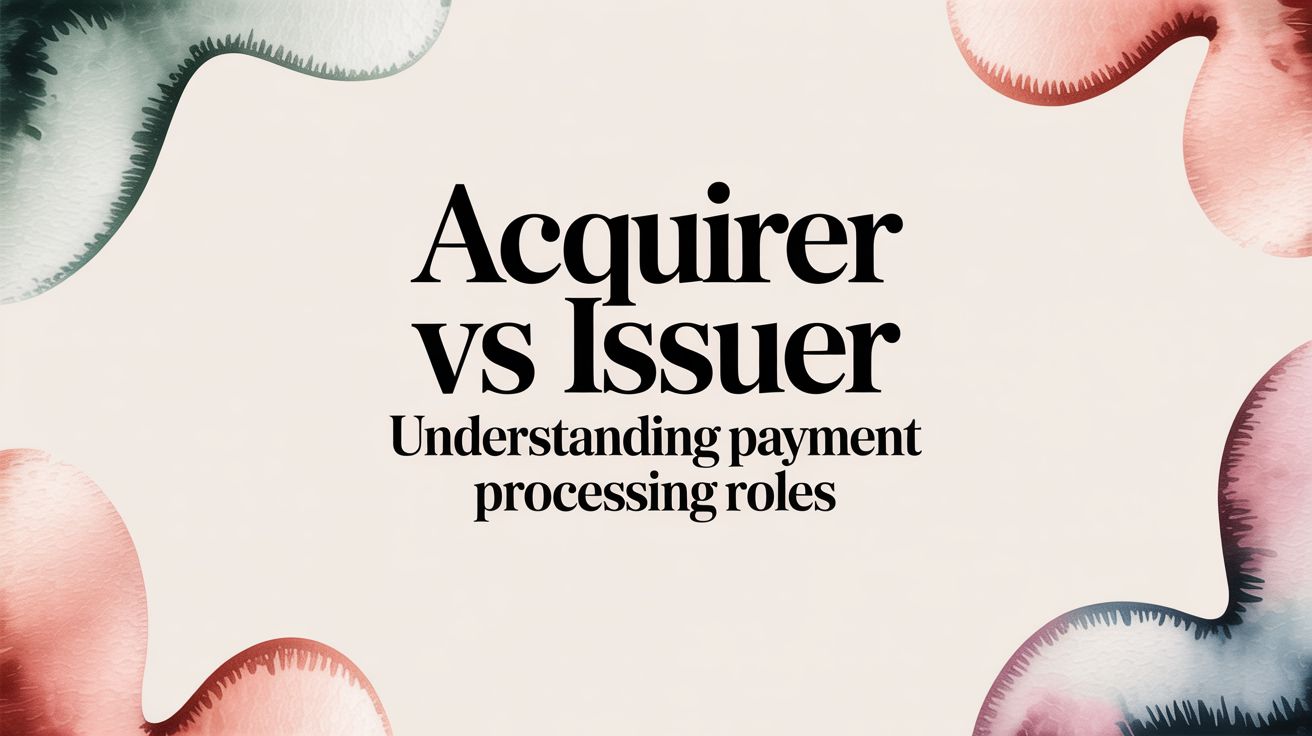
Chargebacks are not foreign to the SaaS industry. Chargebacks are a concern everywhere a sale is made or a transaction happens.
Chargebacks are the setbacks facing an organization’s financial reputation, income, and operations. Having a process to manage chargebacks, strategies for efficient resolution, and best practices to prevent them is the right way to deal with them.
Let us help you with the entire framework of chargeback management for your SaaS company. This guide draws detailed outlines of what chargebacks mean for the SaaS industry, why they happen, how to best manage them, and strategies that help prevent them.
How are chargebacks different for the SaaS ecosystem?
Chargebacks, unlike refunds, happen when a customer disagrees with a transaction and demands a reversal. For multiple reasons, customers choose to raise a chargeback request with the issuing bank or card network.
This request is verified, and if found valid, the transaction amount is reversed. Further, the decision is escalated to the SaaS companies, who have a chance to either accept it or build a case to fight it. Chargebacks are involuntary, while refunds are voluntary reversals led by merchants.
Recommended Read: Chargeback vs Refund: What are the Main Differences?
Chargebacks in SaaS are different compared to other industries in terms of their nature, why they occur, and how to deal with them. Here’s a breakdown of the major differences and why SaaS companies need a different approach to handling chargebacks:
- Intangible - SaaS is an intangible service. So it is often difficult to prove its usage, satisfaction, deliverability, and more while defending against chargebacks.
- Subscription - The subscription model is often misinterpreted by customers.
- Evidence - Service usage is difficult to prove, and a SaaS company needs to keep a hold of user logs, account activity, and communications, as opposed to instantly available and easy-to-prove receipts.
- Revenue impact - Sales in SaaS are recurring, so a chargeback disrupts the entire chain of revenue, putting a big dent in the revenue stream.
Why do SaaS chargebacks occur?
Based on the nature of the SaaS industry, here are some of the common reasons why chargebacks happen:
1. Unauthorized transactions
It is when your customer, be it a merchant opting for your service or an individual customer (based on your business nature), notices a transaction they didn’t process. It could be because they forgot about signing up for the product or fell prey to fraudulent activities.
2. Billing errors
Any disagreement on the amount charged falls under this category. Your client can file for a chargeback when they are double charged, come across a hidden charge, or have some refund issues. Beyond the generic reasons, clients may also disagree with subscription and cancellation charges. It also includes instances when the clients were not aware of renewal or cancellation terms and conditions.
3. Unsatisfactory service
Mismatch in the promise made vs delivery can also be the basis for raising a chargeback request. Advertising is the general medium to create a baseline for expectations, which are often misinterpreted. So, the client’s expectations and need for products may not always be the same. Plus, they might have complaints about bugs, features, performance, user interface, and design, and choose to chargeback for the service.
4. Technical glitches
Any technological issues while using your software solutions, downtime and functionality issues, and other similar technical issues can also lead to chargebacks.
5. Friendly fraud
Friendly fraud is a purposeful attempt by clients to get back their money even after they have used the service. Clients generally subscribe/purchase the service, use it, and then proceed to request a chargeback in an attempt to get a refund. They claim to not have signed up for the service or say they weren’t satisfied.
Do you need to manage chargebacks in SaaS?
It might make sense to have a chargeback management system just for e-commerce. But that’s far from the truth. Since you know the intricacies and impact of chargebacks in SaaS, you not only need a process to manage chargebacks but also a unique approach.

Beyond creating financial and operational barriers, chargebacks can also tamper with a brand’s reputation and trust. Frequent chargebacks lead to a loss of trust from customers and bring you into the eyes of card network providers, who take action against brands with high chargeback rates.
Follow the below-mentioned steps to efficiently manage chargebacks in SaaS:
- Monitor chargebacks - keep your chargeback rates and incoming chargebacks in check always. If you see a pattern of recurring chargeback types or a surge in chargebacks out of the blue, take immediate action. Come up with a strategy to address the reason why a particular type of chargeback is recurring. Study the sudden surge to find the gaps and address them.
- Address chargebacks proactively - you will be notified when a chargeback request is raised. You must promptly address the chargeback, reply, and take necessary actions thereafter. The entire process of chargeback management can be automated. Tools like ChargePay can help you automate the entire process and help you win back your revenue.
- Fight chargebacks - have a process to fight chargebacks you believe are unfair. You must promptly respond to the chargeback with the necessary evidence to support your claim and win the case. Do your due diligence to understand if fighting the case is worth the efforts and expenses incurred. If you cannot recover them both, it is better to accept a chargeback request.
- Analyze the chargebacks - maintain a database of all the chargebacks you face to analyze them. Study the good and bad aspects of all the chargebacks and improve your process, as well as strategies to address chargebacks.
- Keep improving - based on your discoveries, keep upgrading your product, your return policies, customer excellence, feedback, and more. You must constantly make efforts to better the chargeback process you follow and to prevent chargebacks.
Also read: Chargeback Management Tools: Recovery Lost Revenue and Fight Disputes
What are the best practices to prevent SaaS chargebacks?
There’s a lot more you can do besides maintaining a kickass chargeback management process. Of course, you must have a constantly evolving chargeback management system because chargebacks are inevitable, but you can also try to prevent a major portion of them.
The key is to come up with strategies customized to your software solution, business size, and nature. But in case you need a kickstart, here are some best practices you can follow to effectively prevent chargebacks:
1. Comprehensive onboarding
When you book a demo or onboard your clients thereafter, you have the chance to clarify any doubts and hesitations. You must take the onboarding chance to convey the purpose of your software solution, its technical usage, billing benchmarks, and set clear expectations for outcomes.
Use tutorials, guides, walkthrough sessions, and more to emphasize your software’s features and its potential. If possible, offer to train your client’s staff if the software is difficult to get started with. All these efforts help minimize a fraction of chargeback possibilities.
2. Transparent billing
Lay down the entire breakdown of your software solution billing. You need to clear out subscription terms, pricing, billing cycles, and renewal policies so there is no miscommunication. Put them on paper and send them out to all your clients, just to be extra cautious.
Improve your billing process to clearly differentiate card bills addressed to you. This will help you pull a case for chargebacks reasoning unrecognized transactions. Also, pull and send out receipts for purchases and their clear breakdown. Ensure there’s no hidden charge and everything is laid out upfront.
Another critical practice you must follow is to communicate the refund or renewal terms and conditions. Read them out to your clients and send them the details too.
3. Easy-to-access customer service
When customers cannot reach out to SaaS providers or do not get a response to their query, they file for a chargeback. To prevent this, establish solid customer support, including channels such as email, phone, live chat, and knowledge bases.
Educate and encourage your customers to reach out to you first in cases of disagreement. Offer them solutions and generous rewards because refunds are better than chargebacks. Chargebacks include the transaction amount and fees levied by issuing banks and payment providers, among other charges.
You can also expound on customer feedback.
4. Fraud prevention
Use a safe and secure payment infrastructure that has all the necessary fraud prevention tools. They help you with features like anomaly detection and deploy preventive measures like the Address Verification Service (AVS). You can personally take preventive measures to protect your company and clients from fraud. Some examples are alerts and monitoring for unusual customer behaviors like multiple failed login attempts.
You can do all of this in-house, but it is always better to have professional help, especially for aspects such as chargebacks that affect business revenue.
We at ChargePay have just the solution you need. Our solution is tailor-made based on industry because we understand the unique needs of your company. We can help you win up to 3.5X more chargebacks, recovering 80% of lost revenue. Our fully automated, AI-driven representments save you valuable time and effort. And you can get started instantly, which would otherwise take you months to build in-house.
Reclaim your lost revenue with ChargePay today.







.svg)







.svg)
.svg)
.svg)